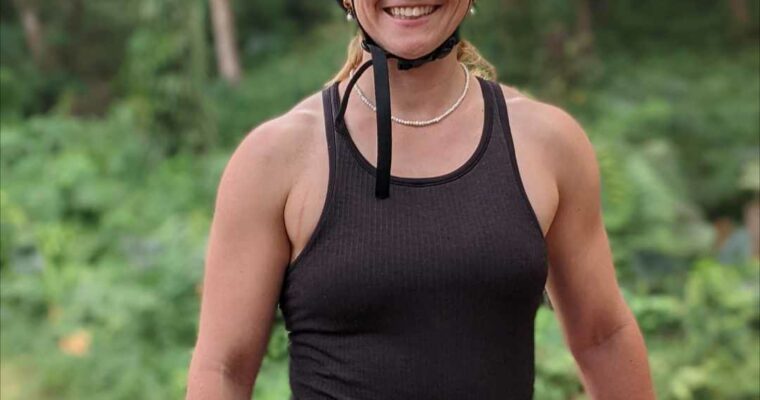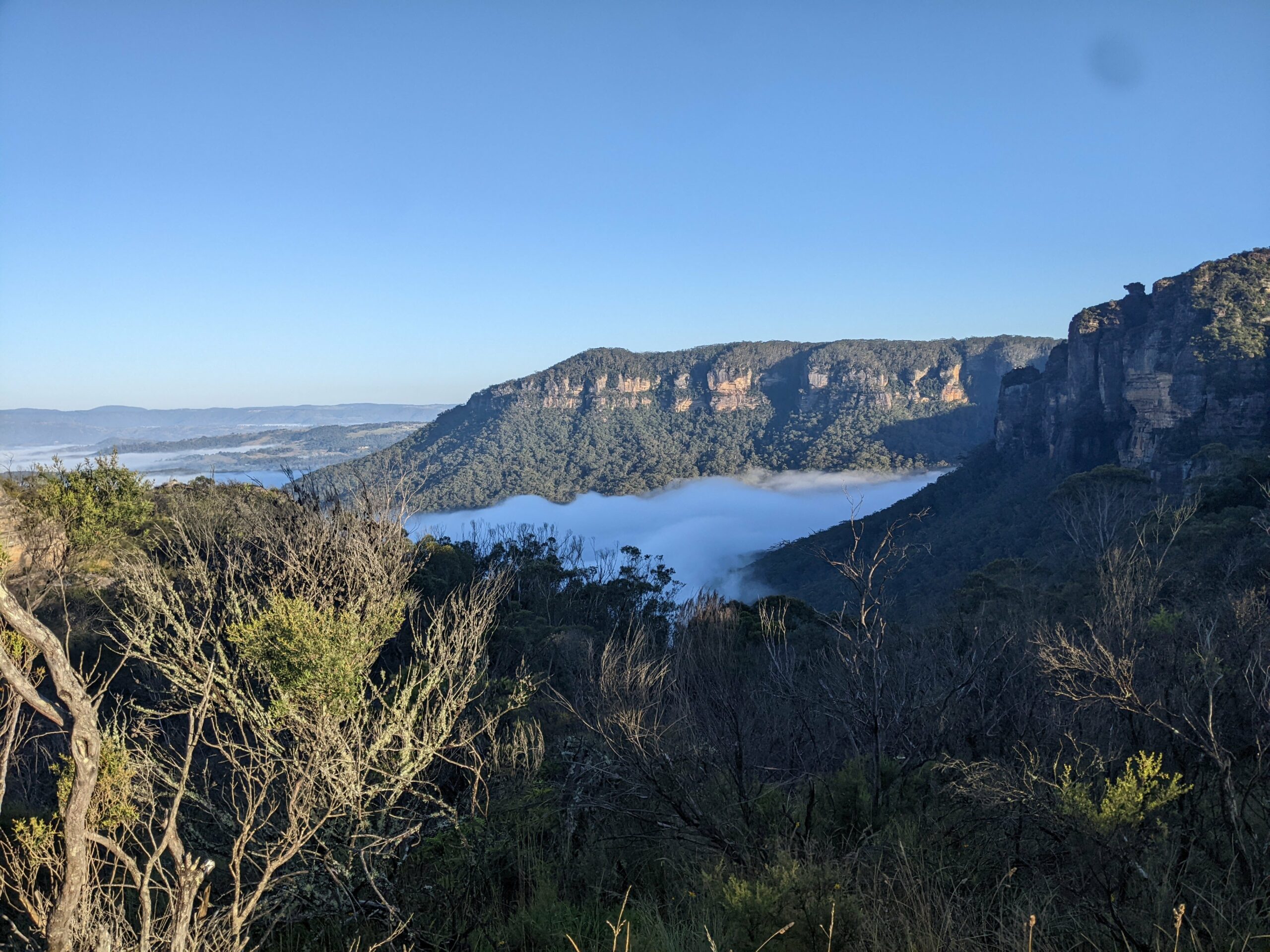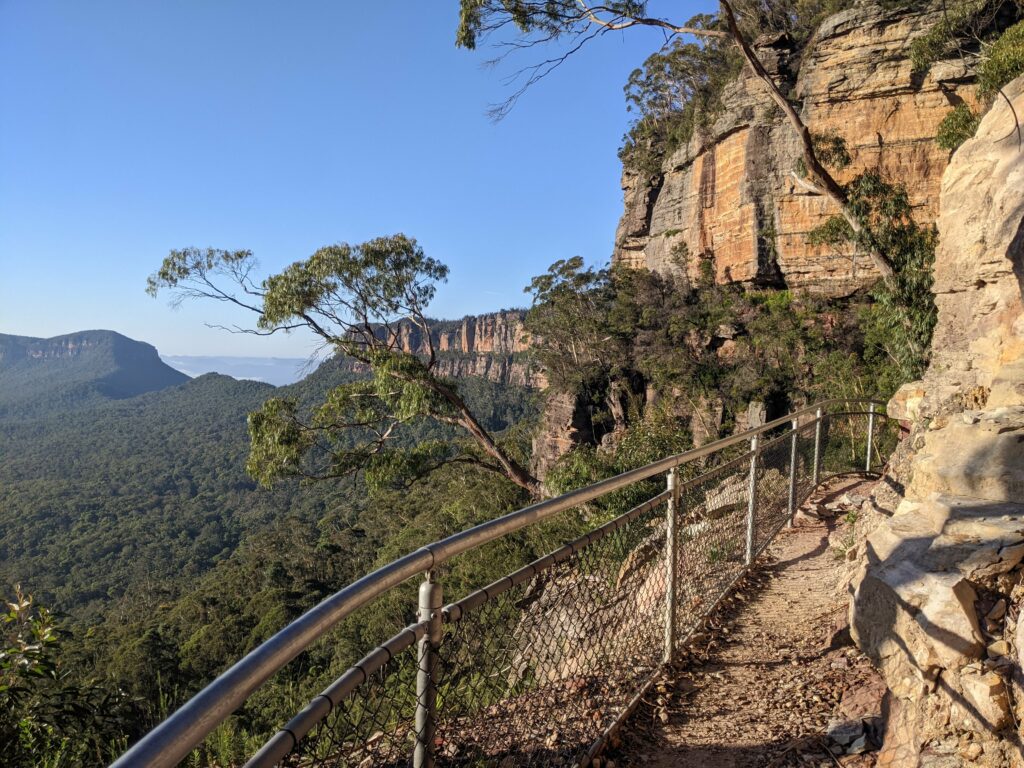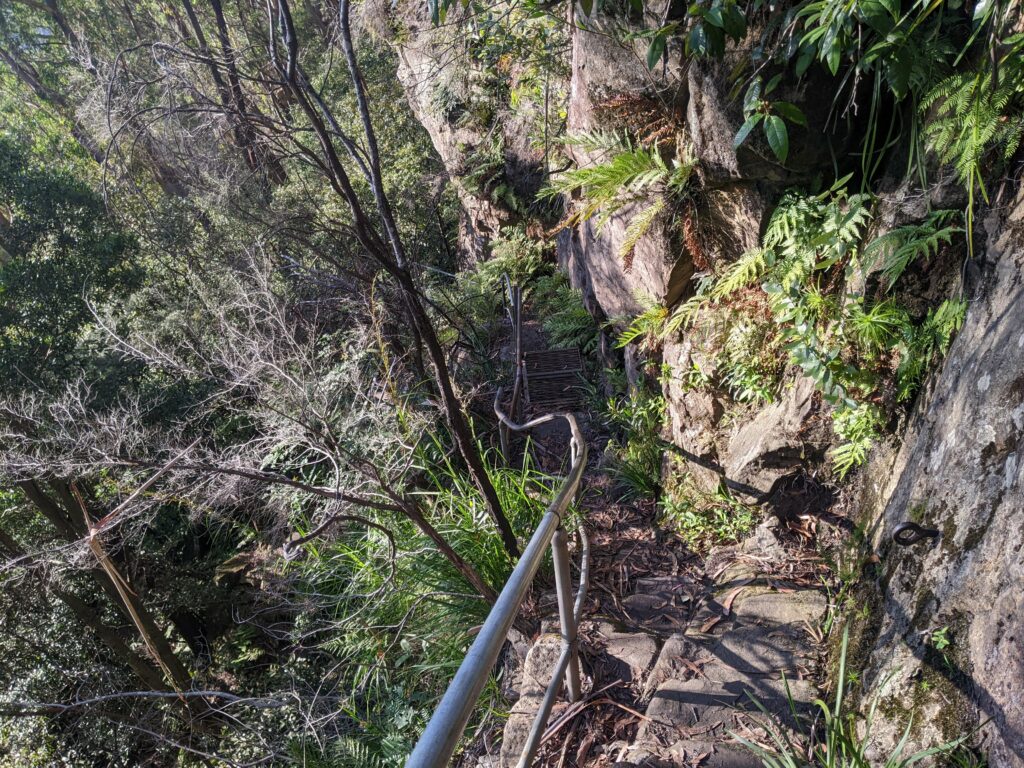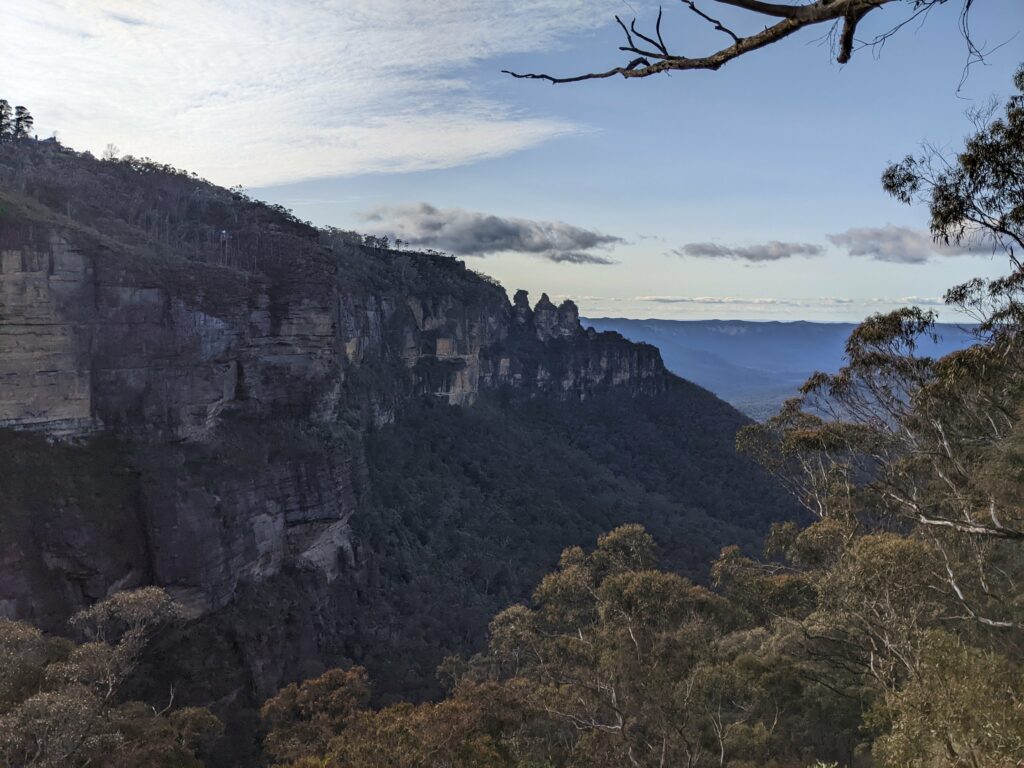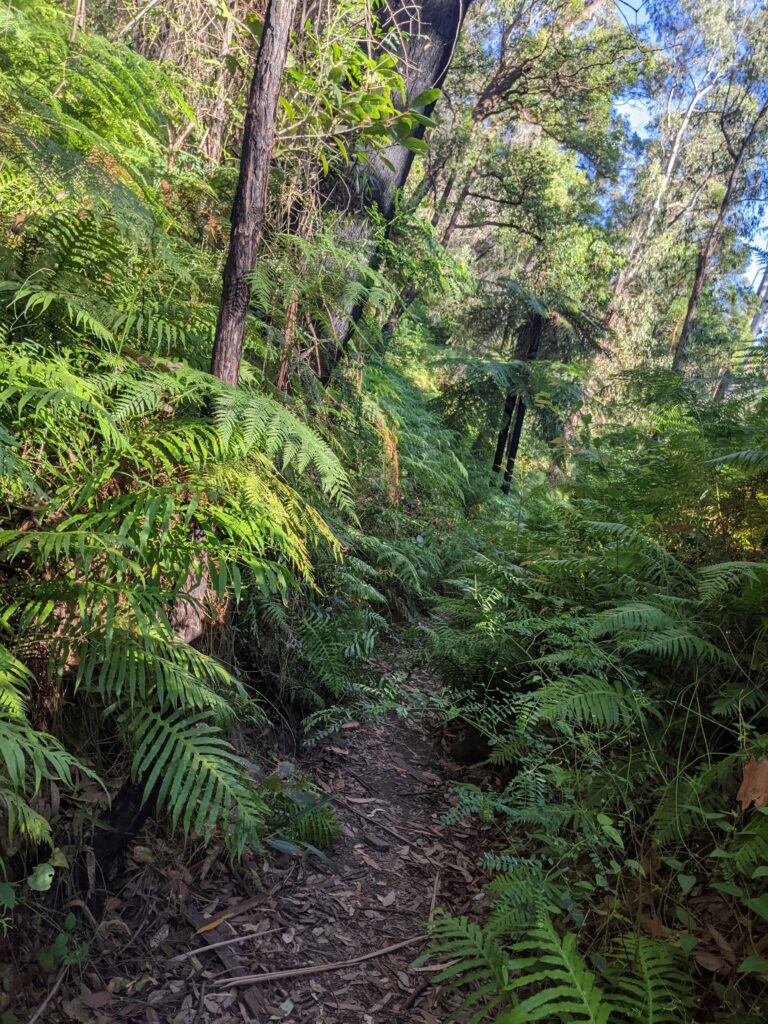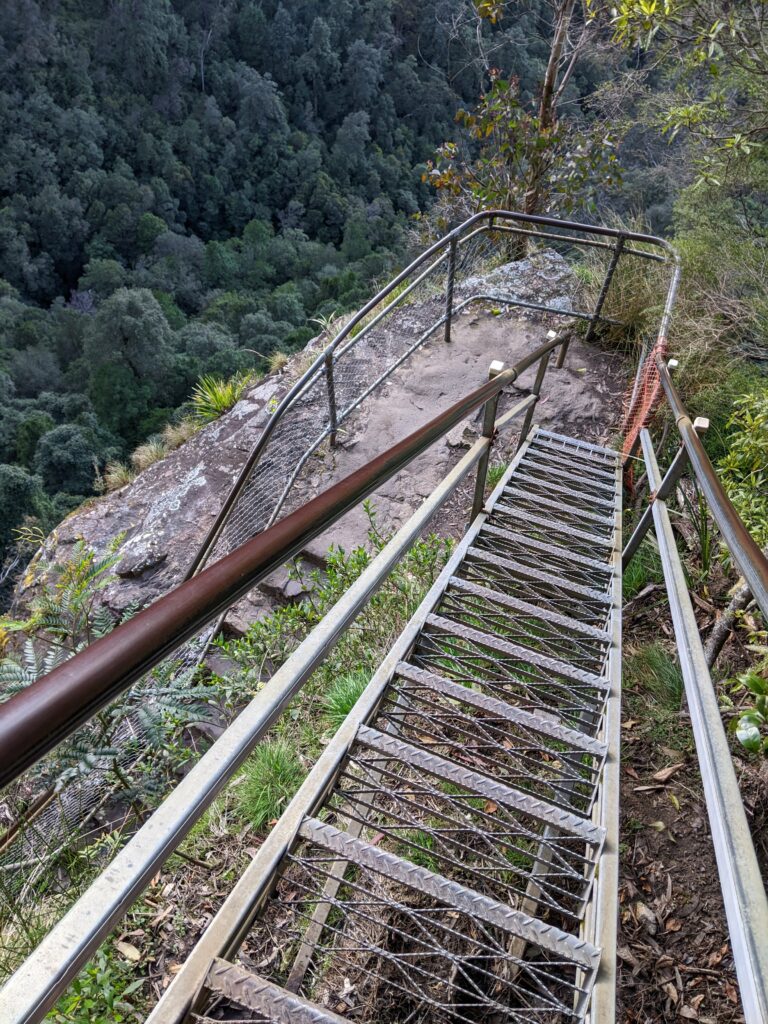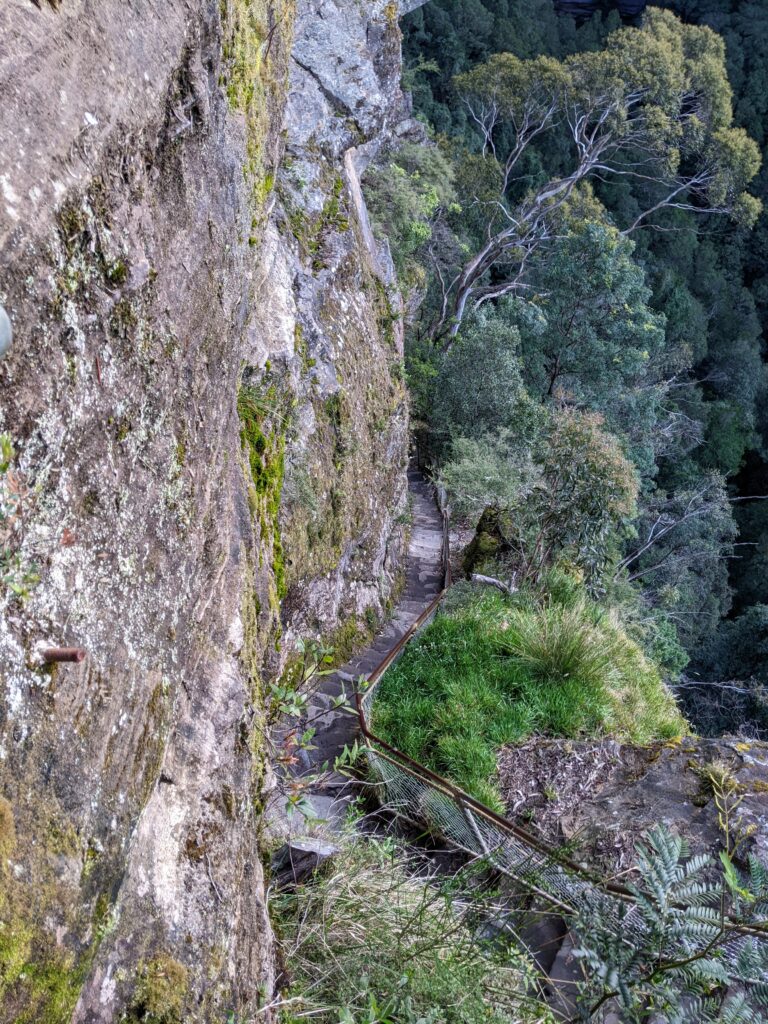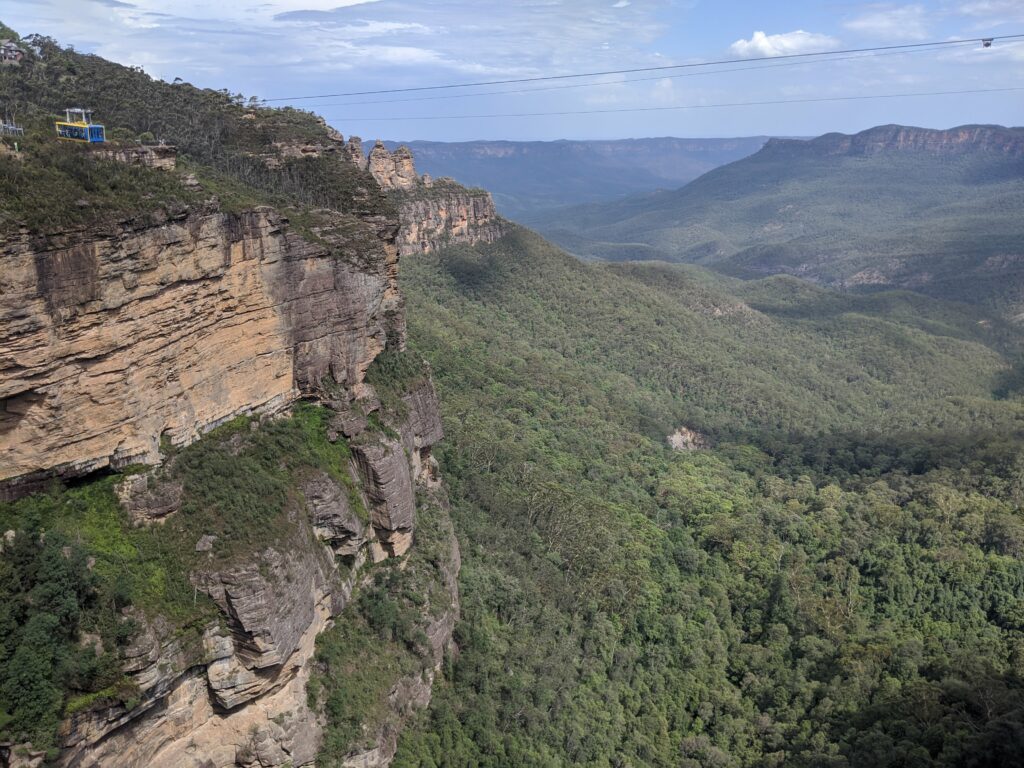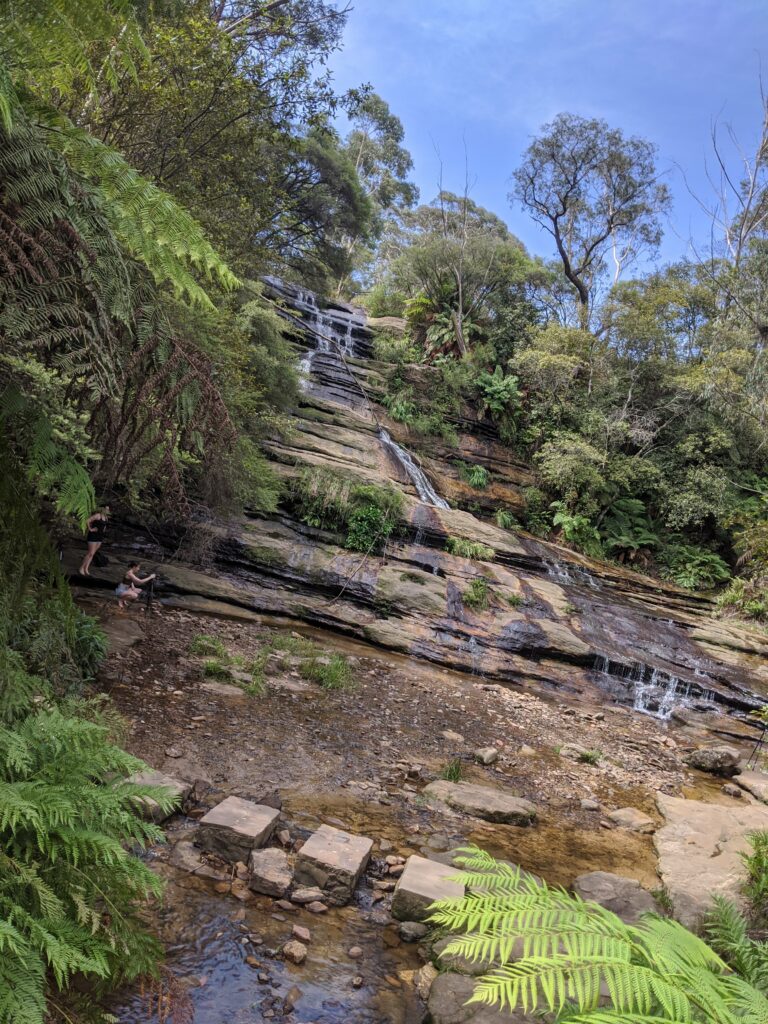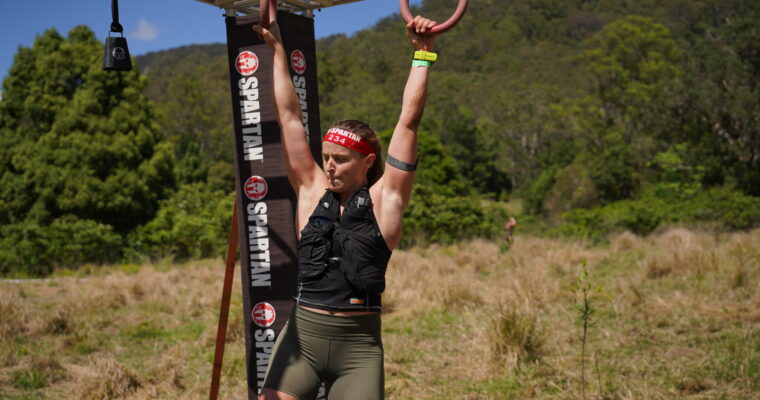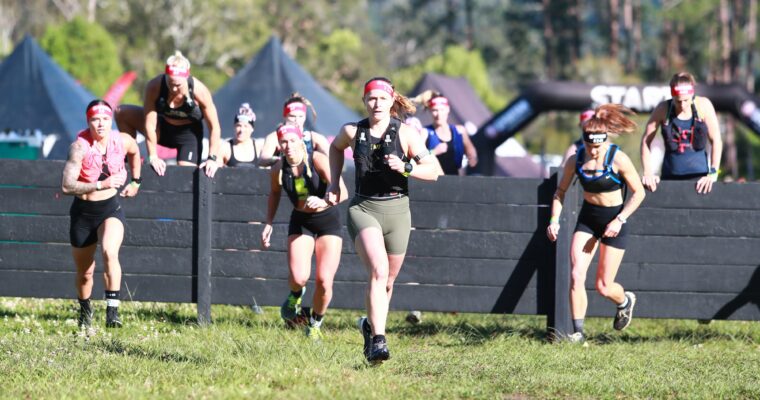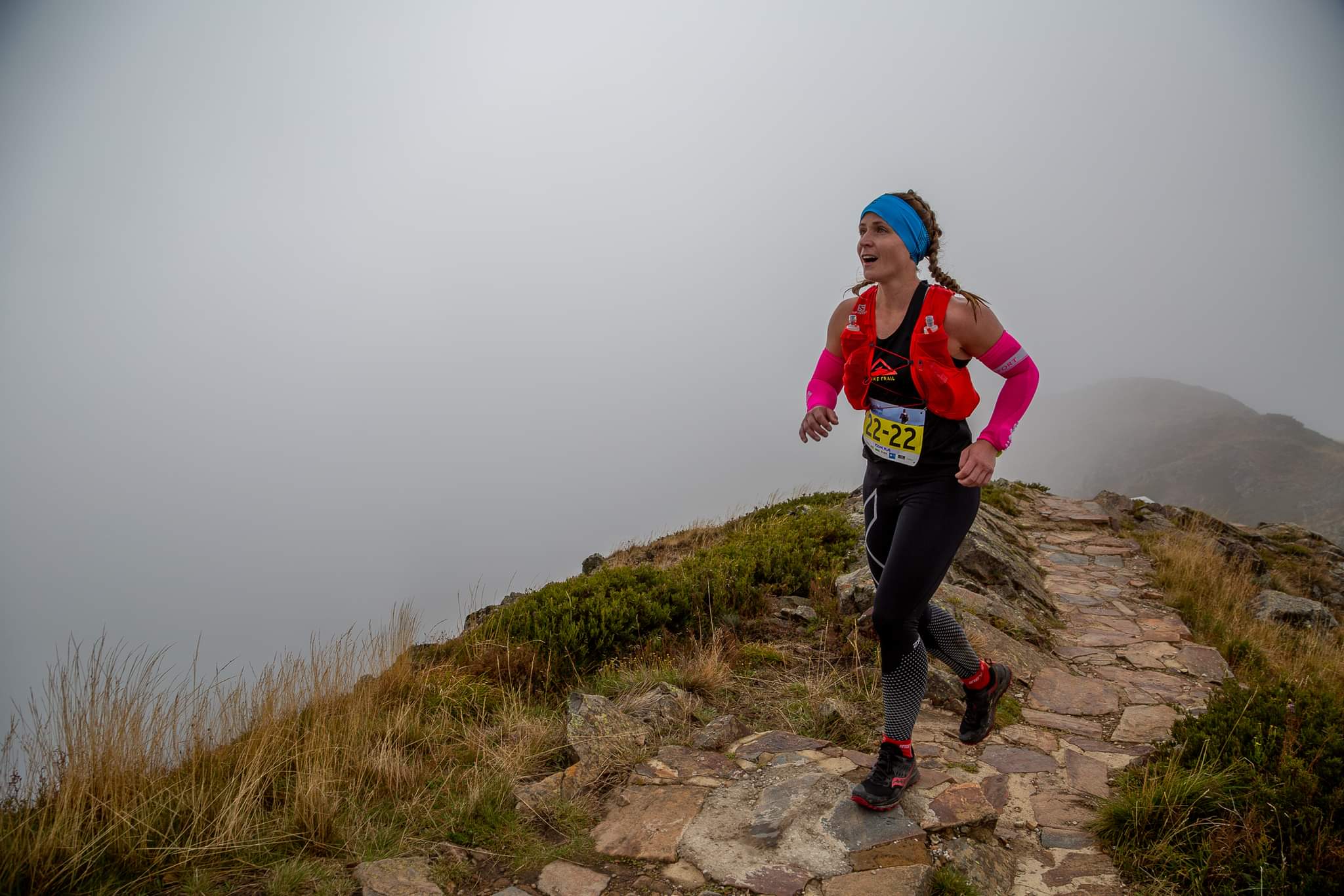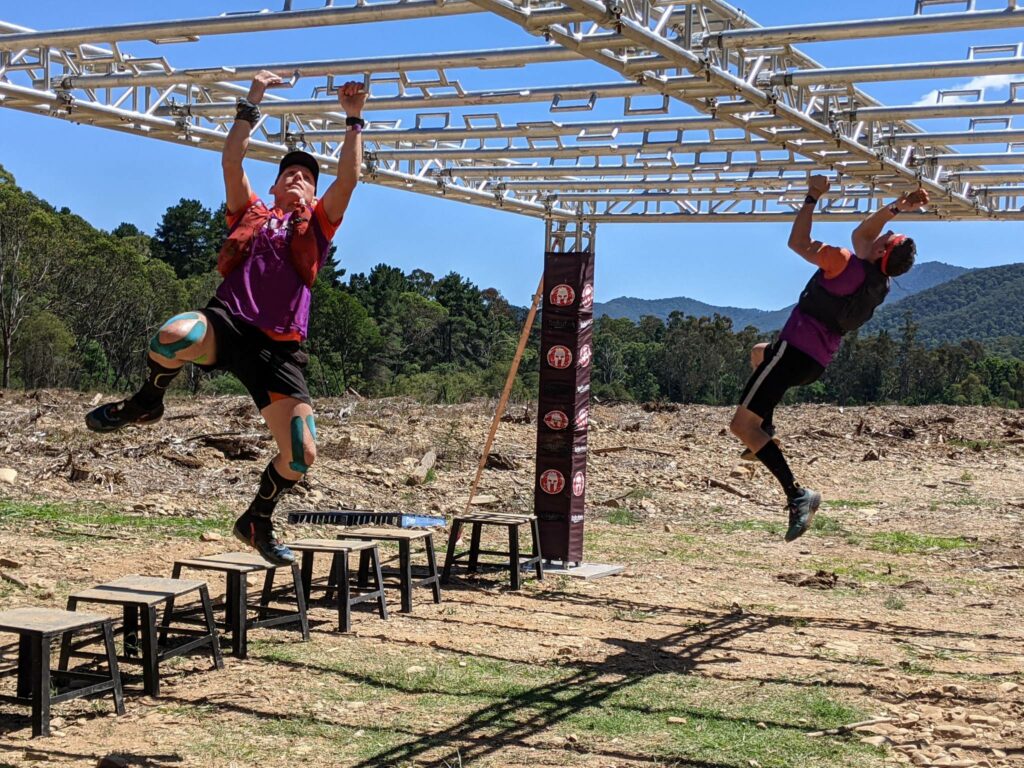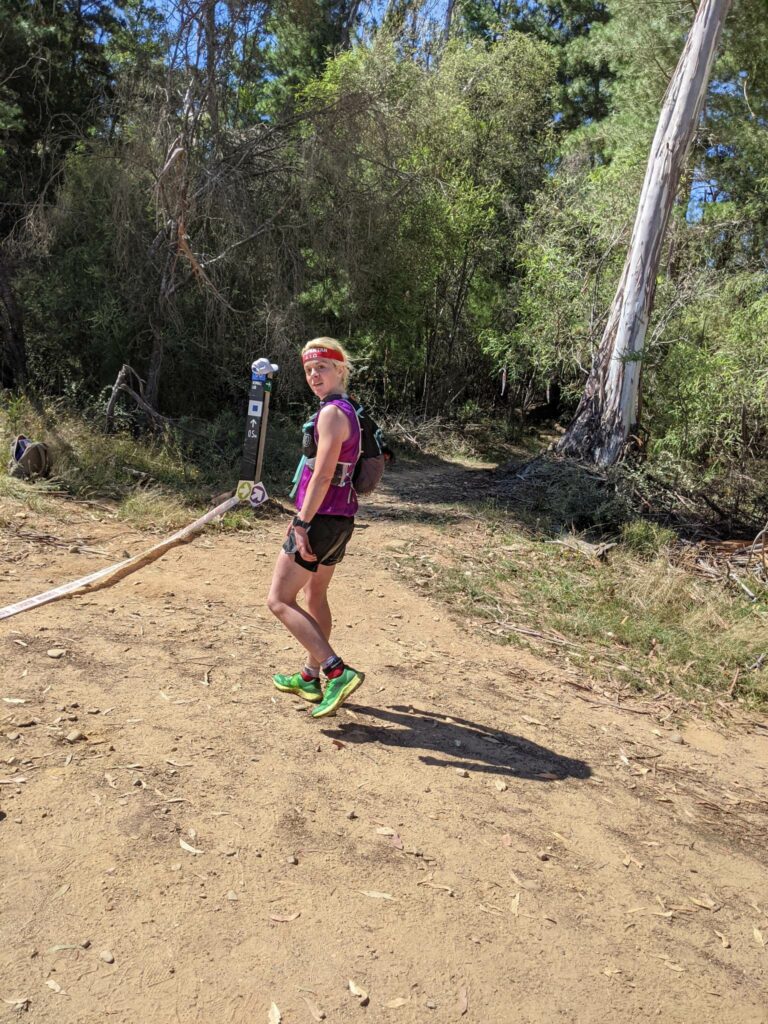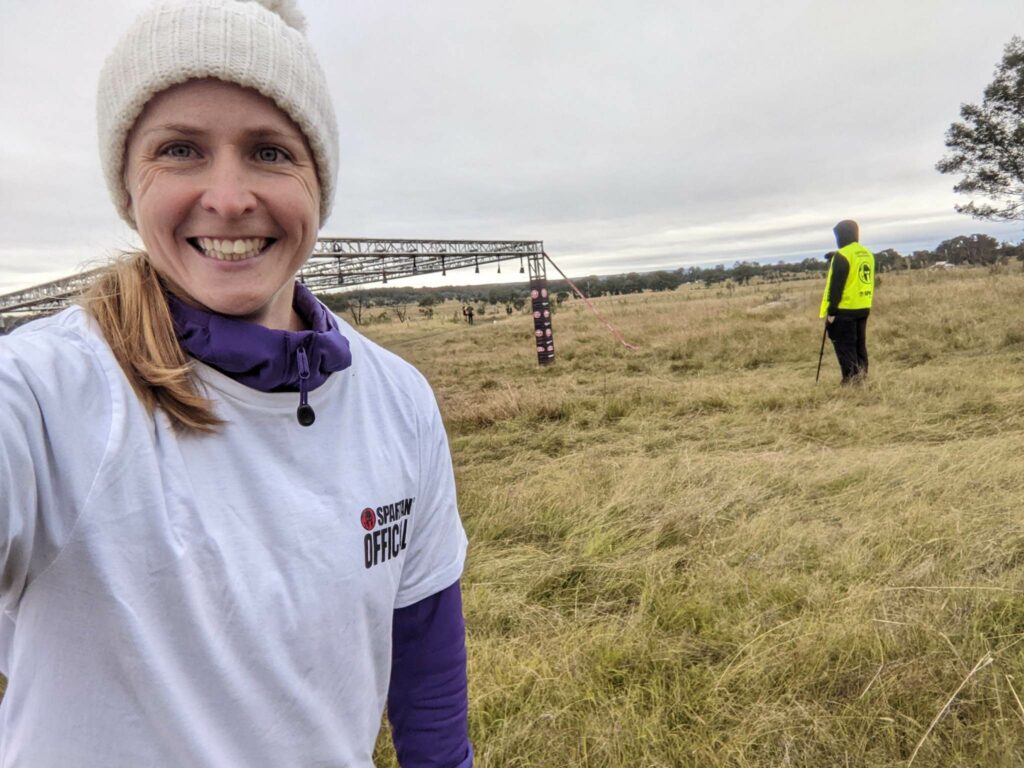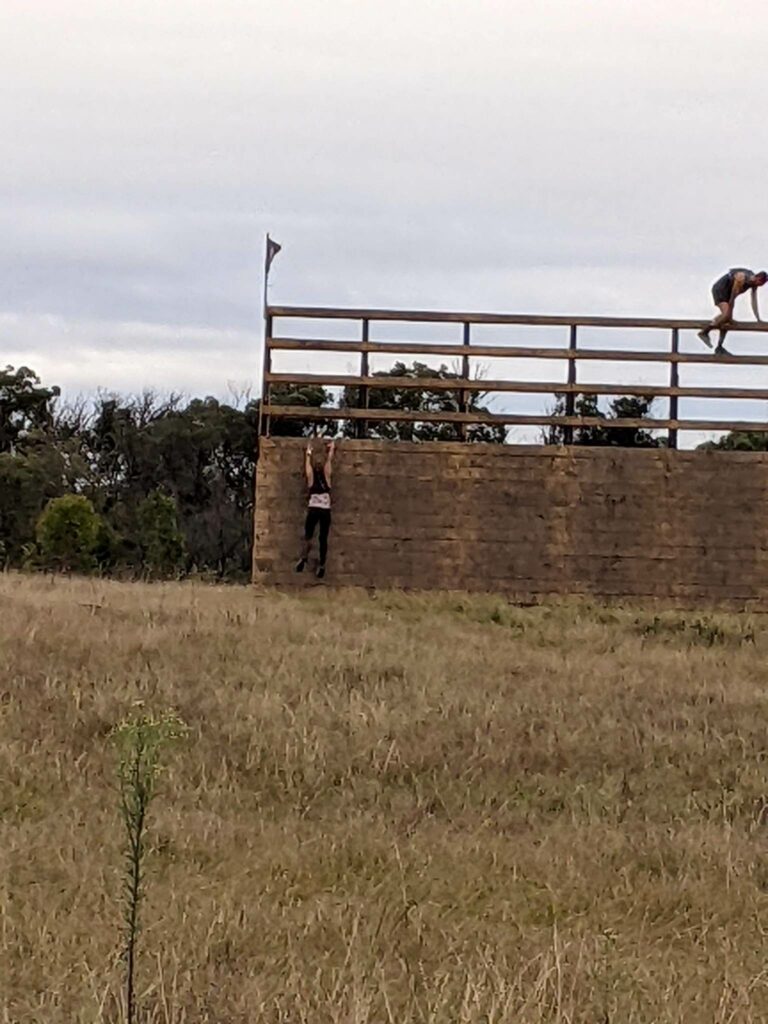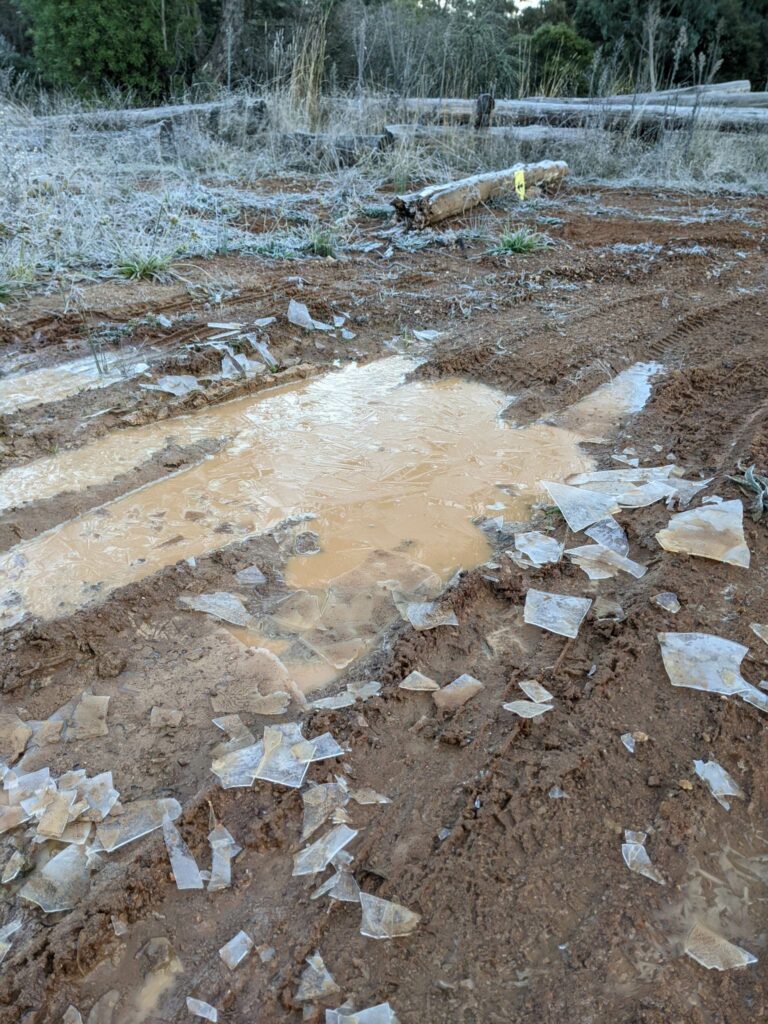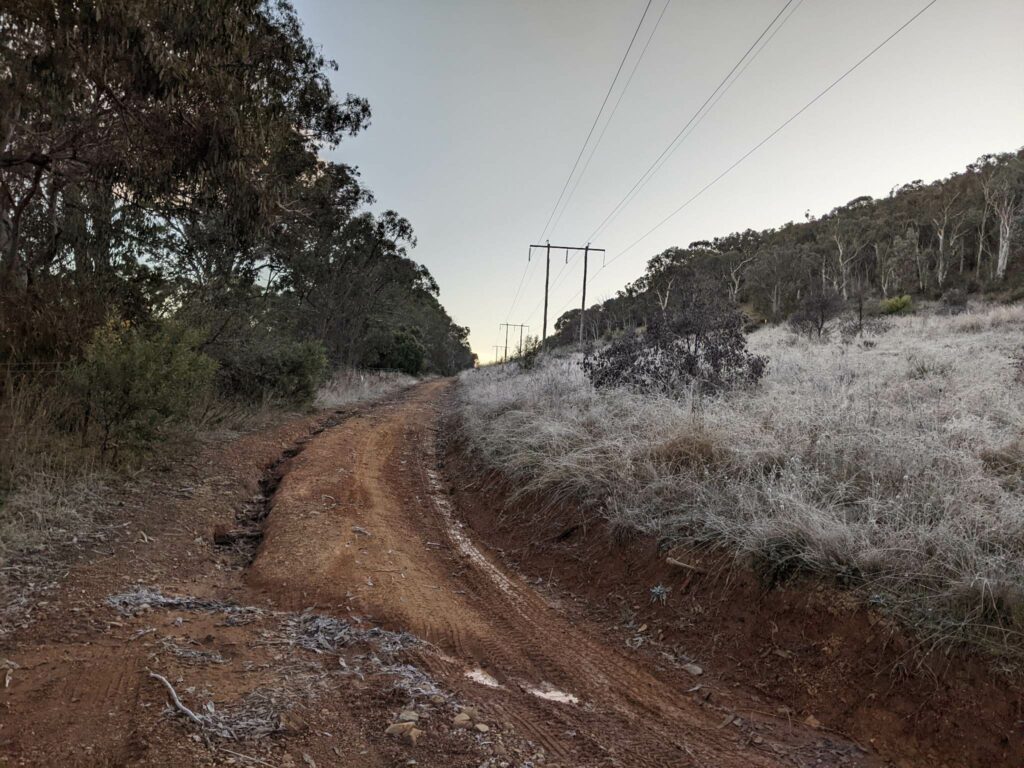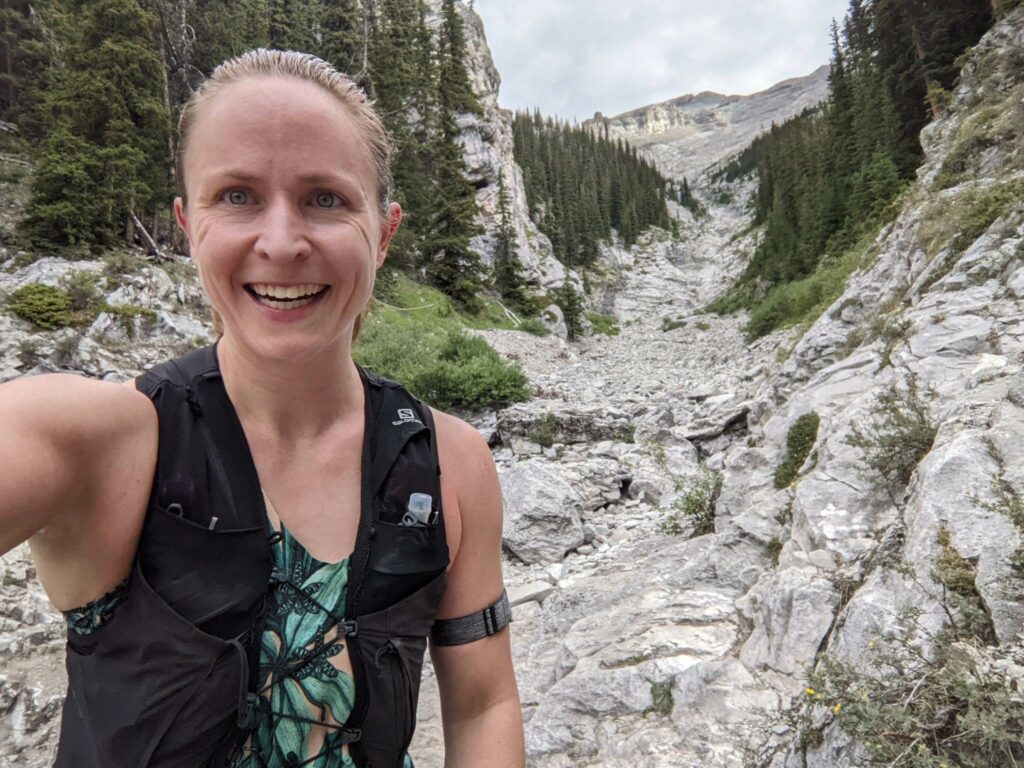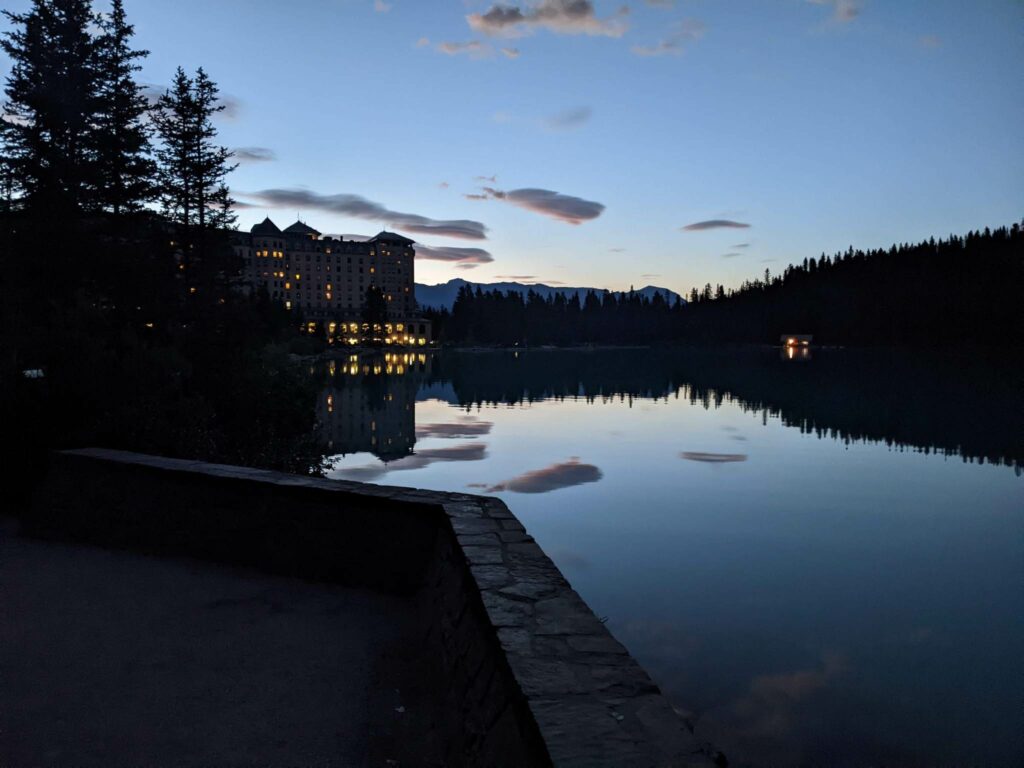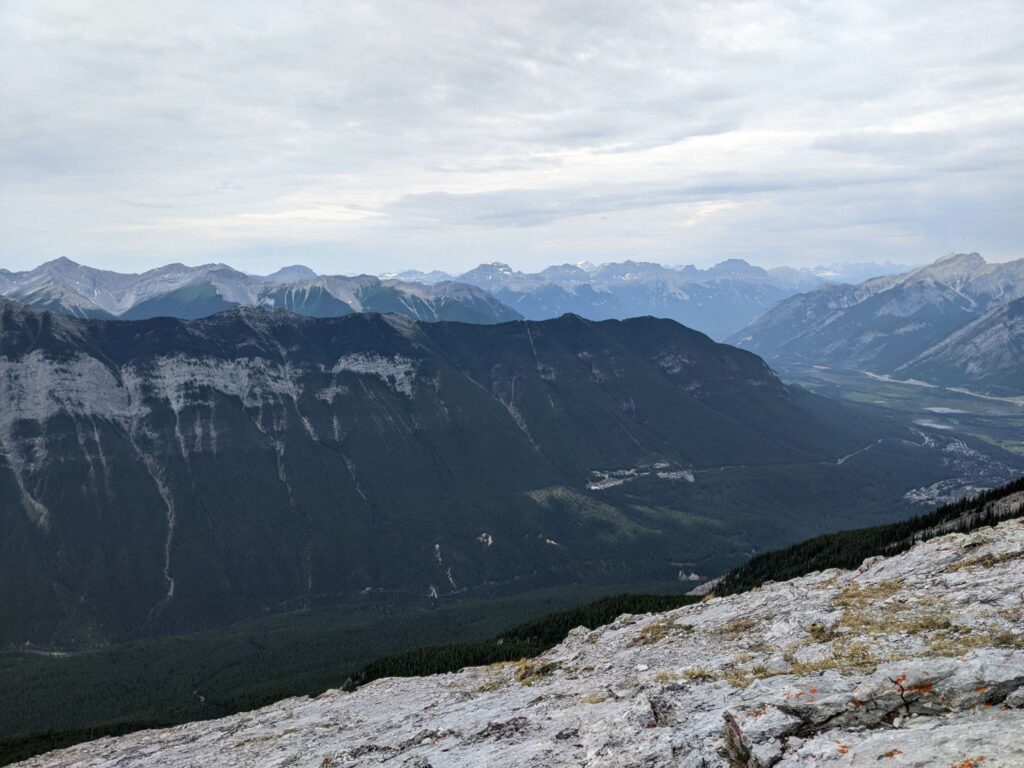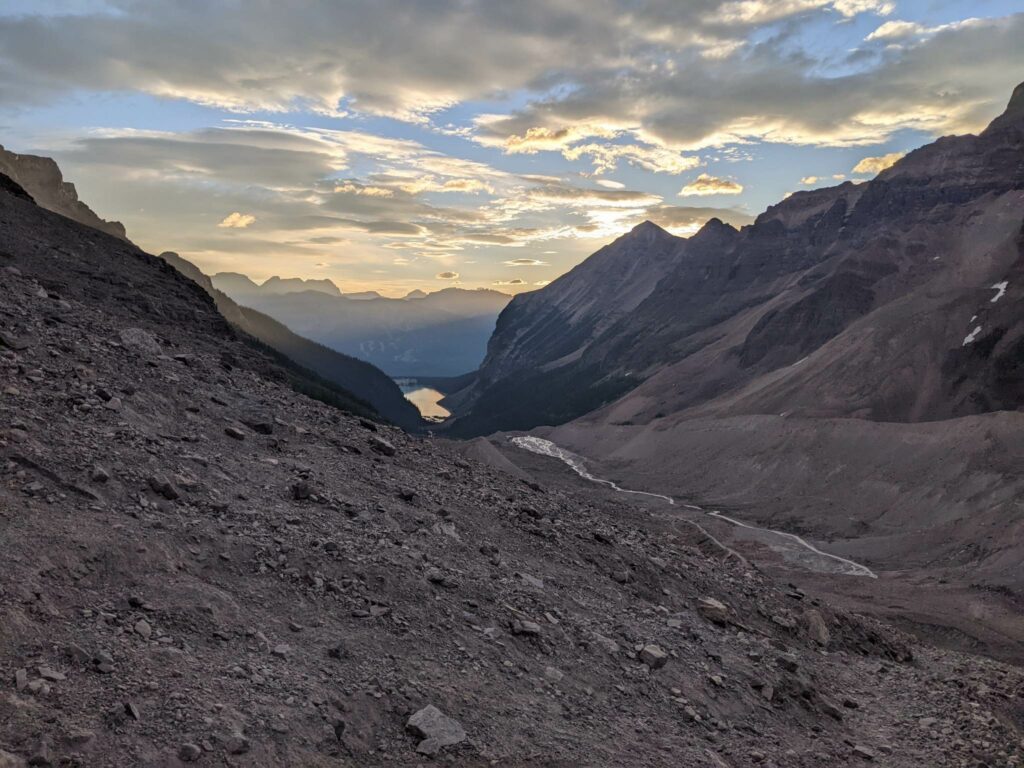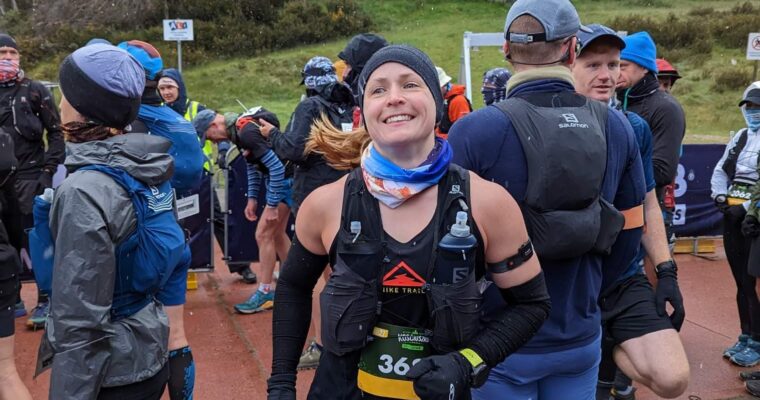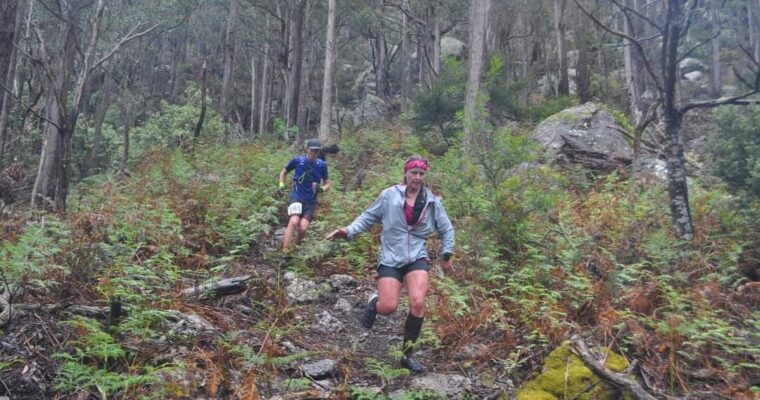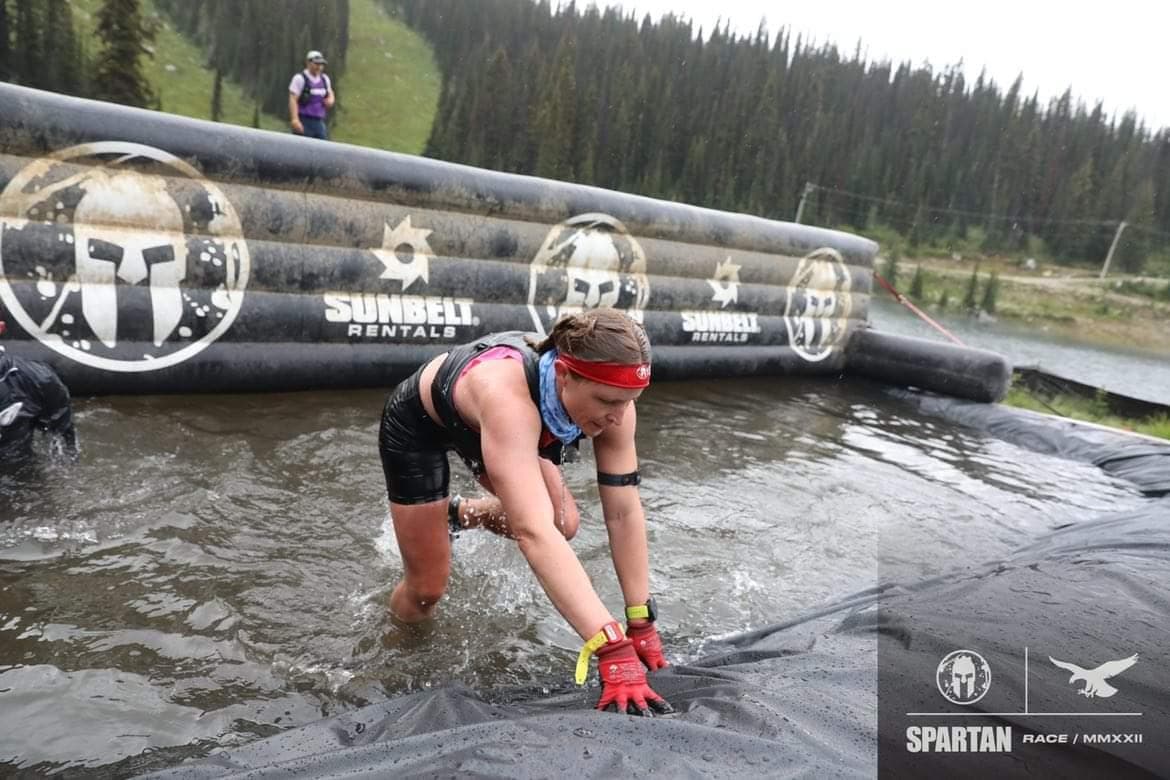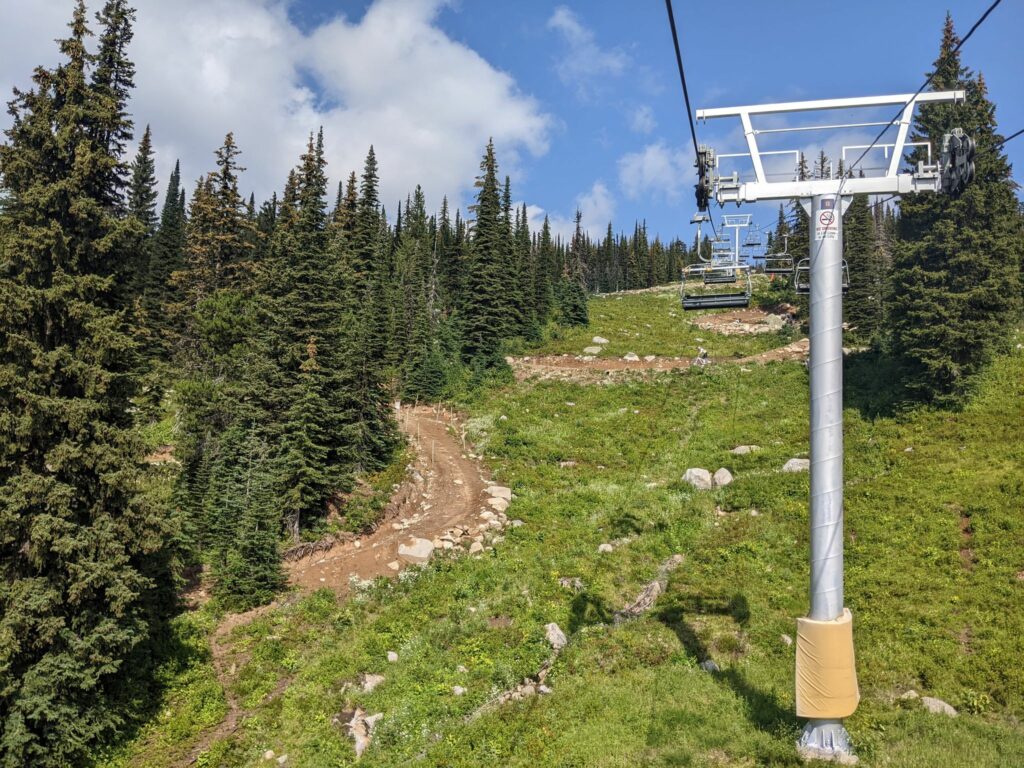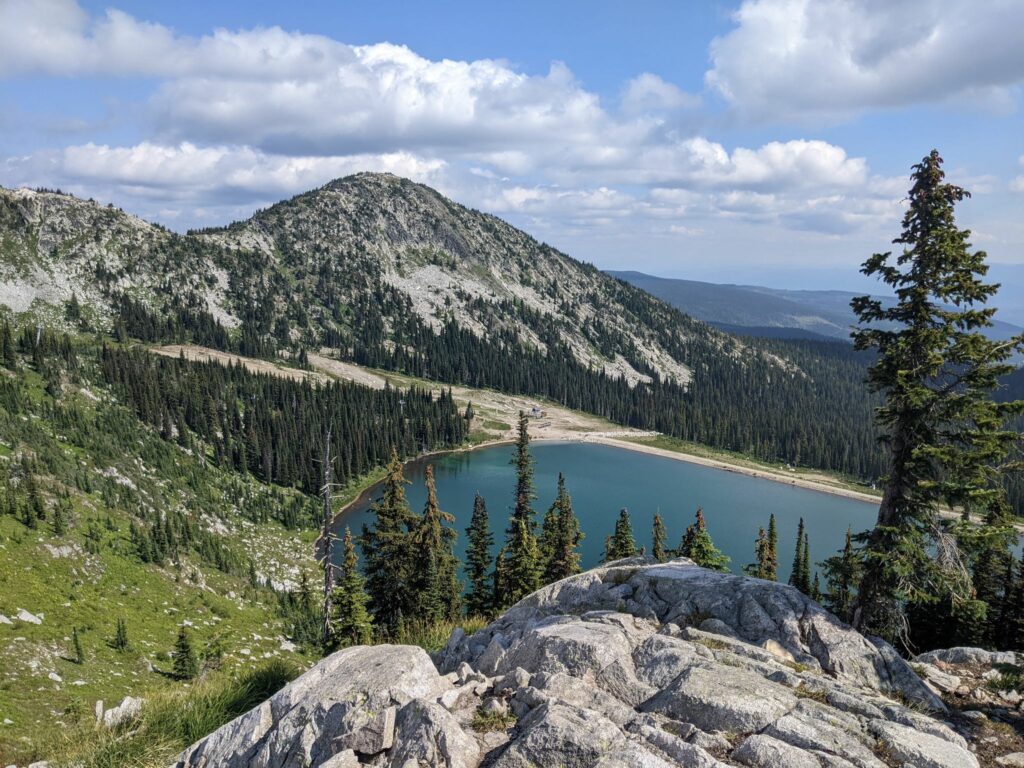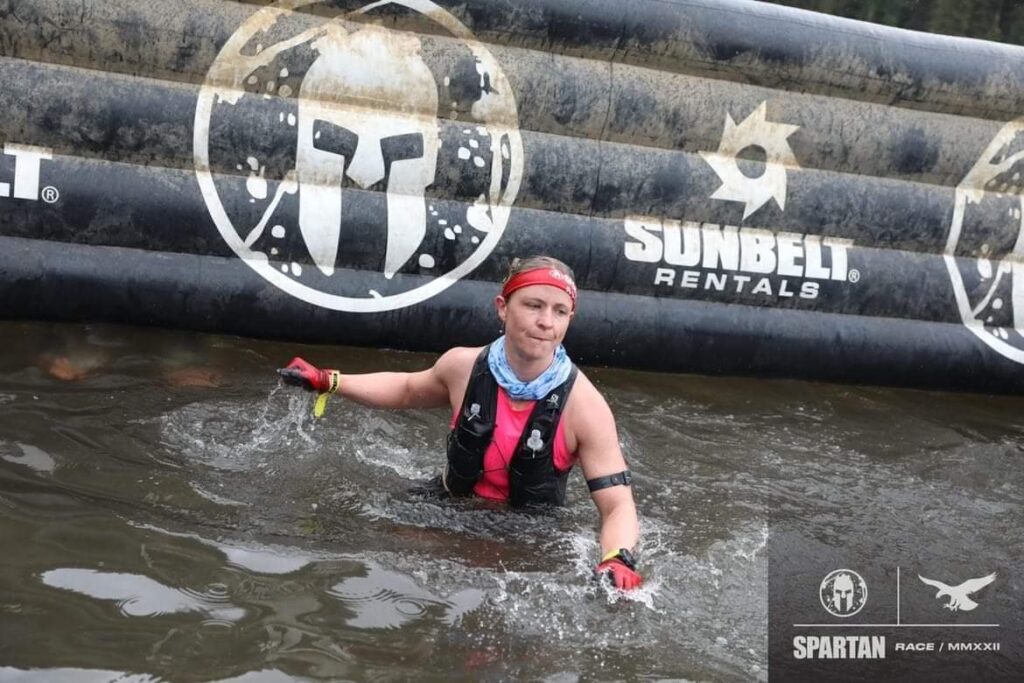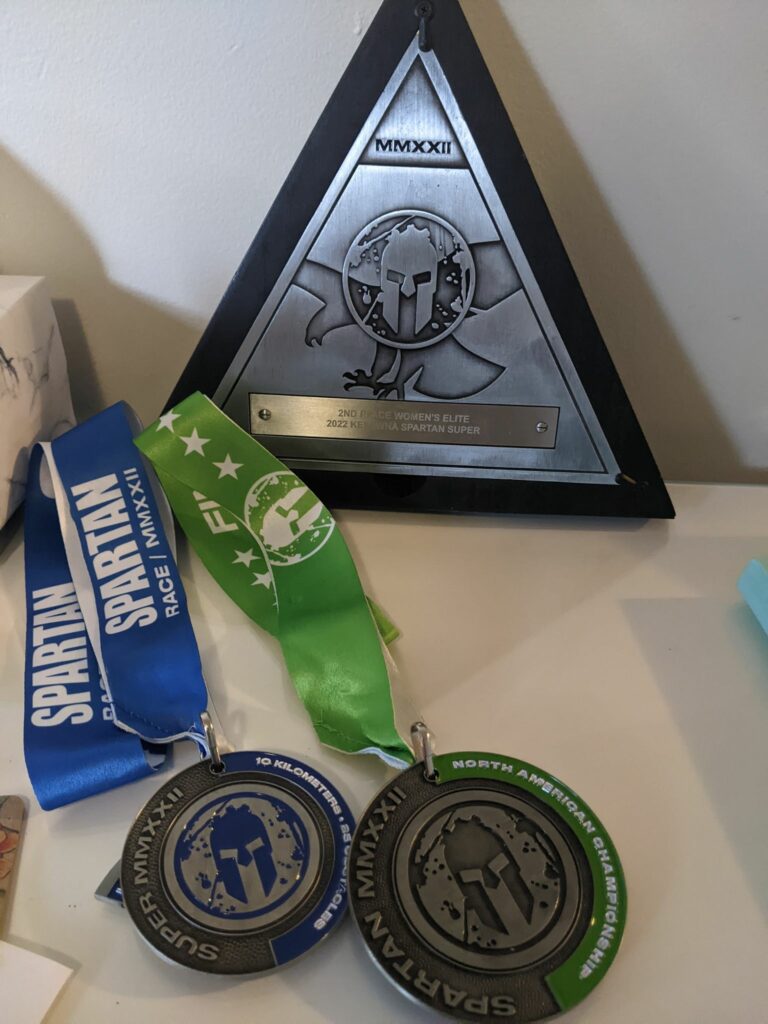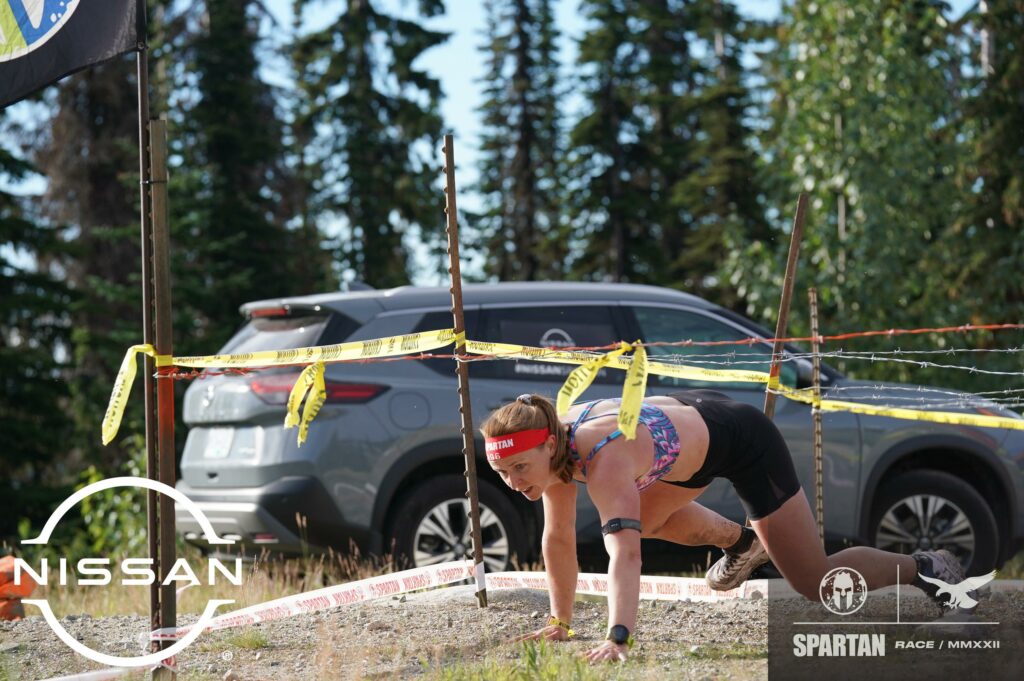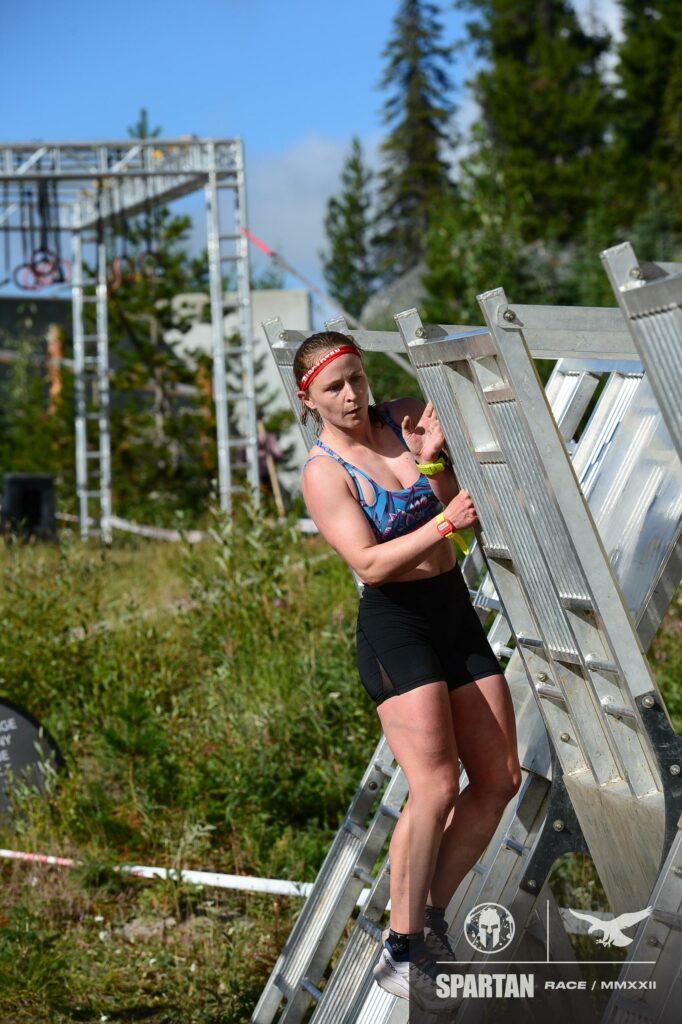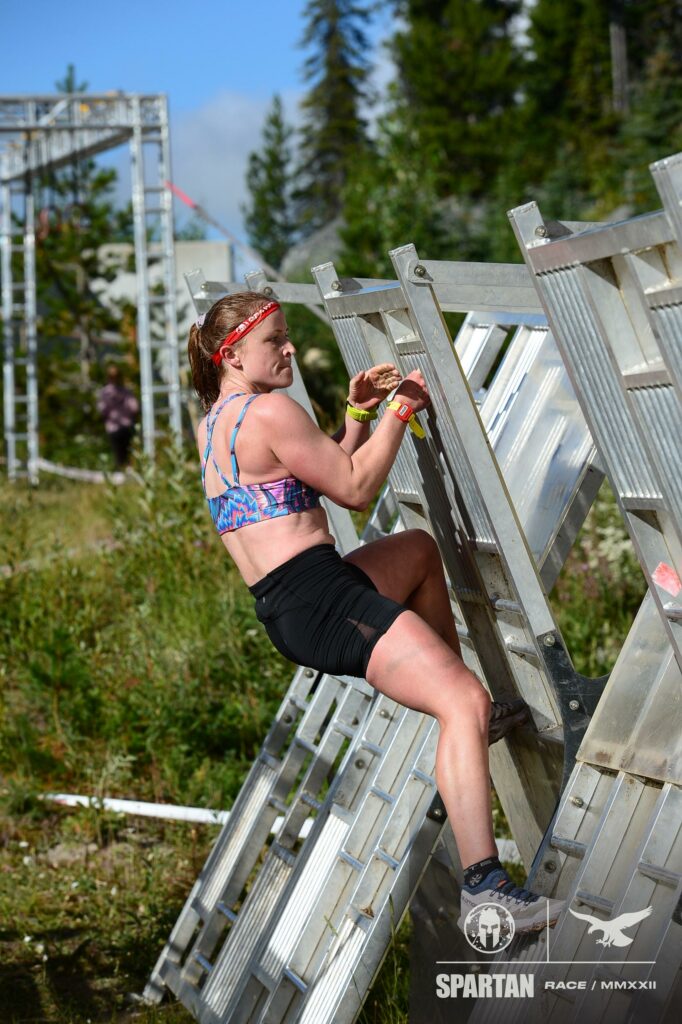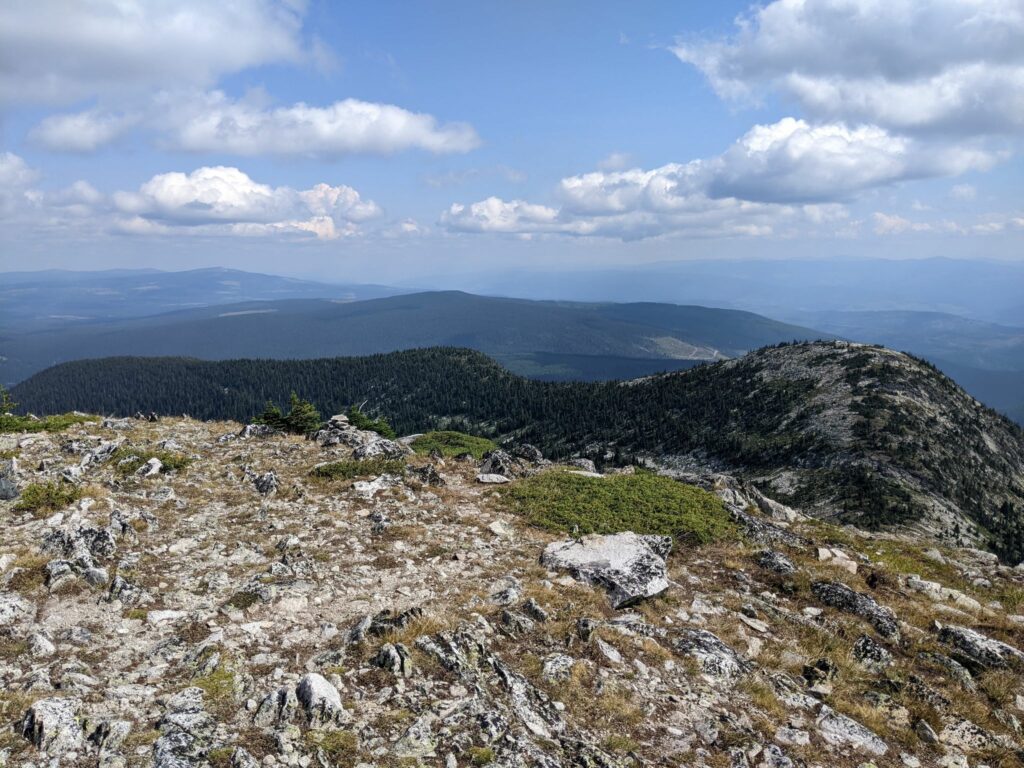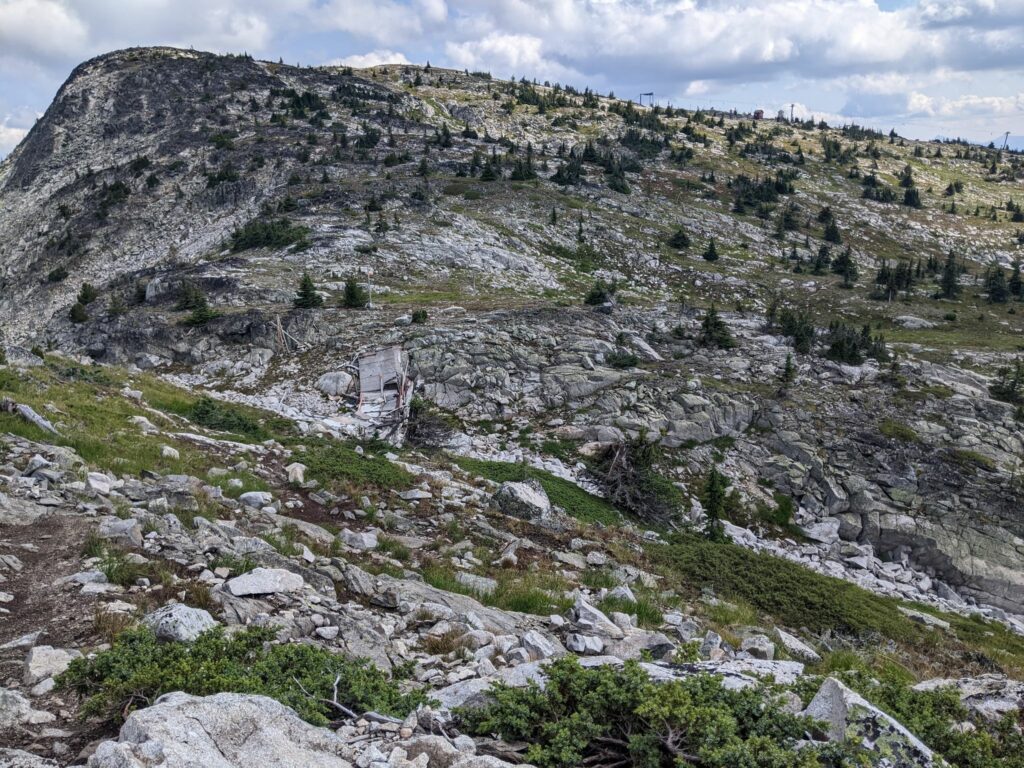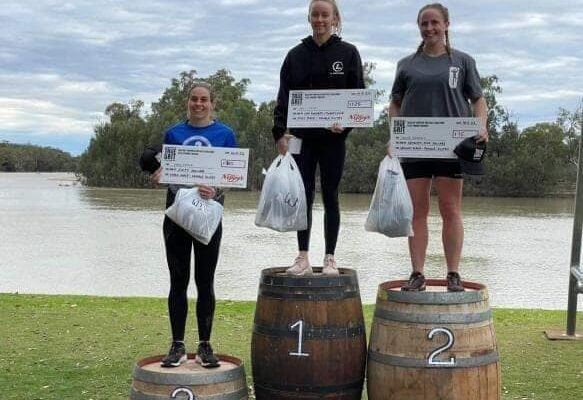The difficult years 2020 – 2022 – what went wrong
In 2018 Tom Landon-Smith and Alina McMaster sold Ultra-Trail Australia to Ironman. At the time I had only been trail running for a year, but I still had strong views on this transaction. In particular I was anxious to see that UTA continued to put the trail running community first. I was dubious that Ironman could do this. My view is that Ironman triathlon events are very clinical, commercial and cut throat, not to mention very expensive to enter (even more expensive than mass participation trail running events). I soon learned that Tom was staying on as Race Director, and UTA managed to avoid the ‘Ironman effect’ – at least initially. Like all race organisations, the two years of COVID-19 lockdowns were difficult. The 2020 event was postponed and then cancelled due to COVID-19. The 2021 event went ahead. Everyone’s stoke level was quite high being able to race again after so long being locked down. I raced the 22km and the UTA951 (stair race) and had a great time. However, 2021 was also the year that Tom stepped down as race director. There was an almost immediate change in the style of communications and the focus of Ironman, and this eventually played out in the trail community largely turning against UTA in 2022.
UTA has a lot to deal with in 2022, likely still recovering financially from the 2020 cancelled event and dealing with the aftermath of the 2020 bushfires followed by two years of extremely high rainfall that caused flooding, landslides, and significant trail damage to many parts of the courses. While they had a lot on their plate, a lack of communication, miscommunication when there was communication, and very poorly thought out changes to the way the event is run left much of the trail running community deciding not to go back in 2023.
Flood damage to UTA trails meant that the May 2022 race could not go ahead. In March 2022 with two months to go, UTA advised that they were working closely with stakeholders to understand what the current trail closures and trail damage meant for the event. There was then a four week gap in communication before participants received an email advising the race had been rescheduled to 27-30 October 2022. Participants were given the option to defer to 2023 if they could not make the new date. While there was what could be called a communication gap for a few weeks, at least participants were given a month to make changes to plans.
The damage to the trails from the torrential rain continued. The communications that came from UTA after this were infrequent and sometimes misleading. The 6 July 2022 update stated “there will be some slight course changes for the October event due to sections of course that were severely damaged, including along Glenraphael Drive out towards Narrow Neck. Our team is working closely with all stakeholders to finalize courses, and as soon as these are locked in we will let you know”. Even at this time it was evident that there would need to be more than slight changes to the courses. The 18 August 2022 update again said “the vast majority of your UTA courses will remain unchanged, with the key changes being around the slip on Glenraphael Drive which impacts parts of all courses”. At this time the vast majority of all the UTA courses were closed due to flood damage. In mid-September I visited the Blue Mountains. Almost every single trail remained closed due to flood damage and risks of land slides. It was difficult to see how UTA would go ahead, yet there had been almost no communications about the state of the trails at this point. There were almost no communications about the state of the trails in September and October. During this time UTA was no doubt working hard behind the scenes to make the race happen, but the lack of communication and the communications prior being different to the reality put people on edge. In mid October the draft rerouted courses were accidentally released. These courses were very different to original courses and included large amounts of running on roads (particularly for the 11 and 20km distances). This was after almost no communications for weeks, previous communications being there would be slight courses changes with the vast majority being the same. On 21 October 2022 the Friday before the event, UTA finally released communications – that courses had not been finalised yet as consultation still had to occur, that the courses would be different and the runners guide would not be released yet. I have no insight to what was happening behind the scenes. It is possible that UTA genuinely didn’t know there would need to be radical course changes until a week out, but it is unlikely. The announcement came after the options for transfer and deferral had closed. At this point I decided not to go to UTA 2022, as I knew based on the state of the trails that the 20km race was going to be predominantly a road race. The Runner’s Guide was released two days before UTA’s first race. Some of the courses, particularly the 20km was predominantly on road. In my view this is not a ‘trail race’. Others might have different views. I chose not to attend, as training for a road race is very different to what I had been preparing for. There were also other issues that did not mesh well with the trail running community. The finish line was moved from Scenic World to the oval, and lacked any kind of atmosphere. There were also some unusual choices that were aimed at providing entertainment for families with kids waiting for runners to finish but missed the mark completely. Writing this down, it does not seem too egregious a list of things done wrong, but the trail running community really turned against UTA. I initially thought the negative comments on UTA social media posts were likely not representative of the trail running community as a whole, but turned out they were. Entries for the 2023 event have been very slow, with entries still available in all distances two weeks out from the event.
Can UTA bounce back?
It is hard to pinpoint what exactly caused the trail community to turn against UTA but it seems to ultimately come down to poor communication and poor decision making on seemingly small things that matter to the trail running community.
UTA appears to have taken community feedback on board, really improving communications in 2023 and making decisions that align with what the trail running community cares about. They also successfully launched Ultra-Trail Kosciuszko in December 2023, managing to appease most people despite last minute course changes, appearing to learn from earlier mistakes with more frequent and open communication. Back to UTA itself, in February 2023 they announced all distances will return to their traditional courses. They listened to community feedback and are moving the start and finish line back to Scenic World and will be making a functional trail village adjacent. This should help create that special finish line atmosphere which was missing in 2022. The 1km kids race is making a return and will be free with bibs and medals for participants.
Despite the increase in communication and attempts to appease the trail running community, ticket sales remain the slowest in years and are a far cry from pre-Covid times where most distances sold out on launch day. Initially I thought that people were holding off buying entries until the original courses were confirmed, but sales remain slow even now where most of the trails have been reopened by NSW National Parks. Given the cost of entering UTA and the negative experiences of many in 2022, its possible that some have decided that spending their money elsewhere is a better option. It will take Ironman time to rebuild the trust of much of the trail running community.

